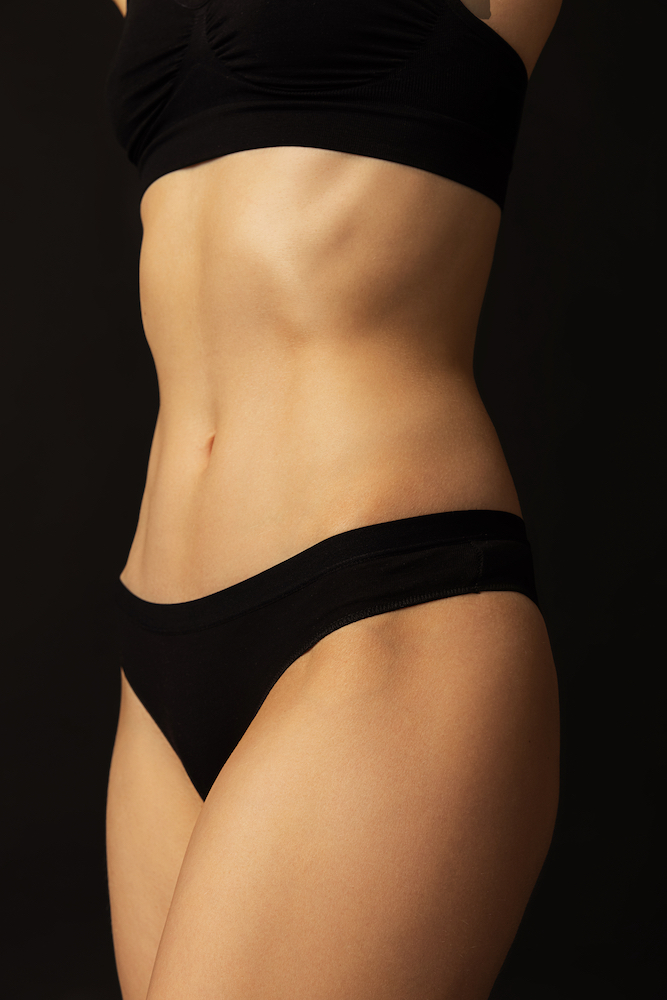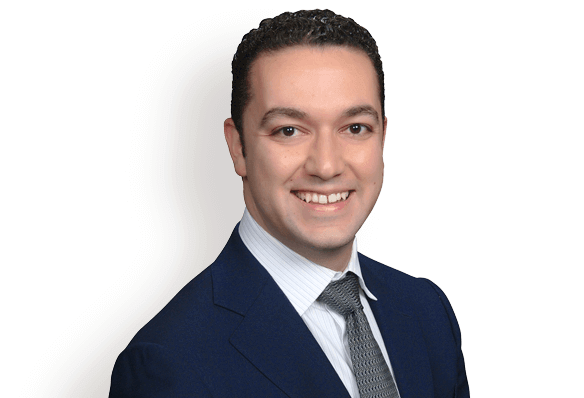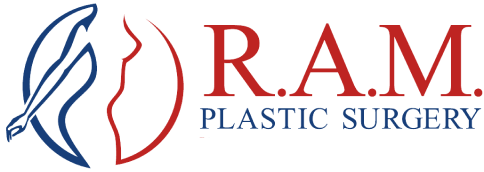Liposuction Chicago
Lipo 360
Liposuction is a cosmetic procedure used to remove fat from specific regions of the body, including the arms, neck, hips, thighs, abdomen, and buttocks. Liposuction, also called lipoplasty or body contouring, is a popular cosmetic surgery for contouring the body.
Who is a Candidate for Liposuction?
Lipoplasty is not considered a weight-loss procedure or alternative. Rather, liposuction is used to remove stubborn fat deposits that do not respond to dieting and exercise. You may be a candidate if:
- You have maintained a stable weight for 6-12 months
- You do not wish to have any more children.
- You have problem areas that make you appear large.
- You wish to enhance your self-esteem.
- You are in relatively good health.

Initial Consultation with Dr. Azizi
You will first meet with Dr. Azizi in the initial consultation. Dr. Azizi will show you pictures and take photographs of your problem areas. You will need to discuss your desired look with the Dr. Azizi , who will go over realistic expectations, risks, and benefits of liposuction. Liposuction reduces the number of fat cells in a specific body area, and the resulting contour changes are permanent if you maintain a stable weight. Dr. Azizi takes a medical history, perform a physical exam, and order some preoperative tests.

Before the Procedure
You will need to tell the plastic surgeon what medications you are taking before surgery. Certain drugs that can thin the blood are to be held for several days. In addition, you must arrange to have someone drive you home from the surgical center, and plan for help during your recovery period. Also, you should plan to be off from work for a few days while you heal.
During Liposuction
When you arrive at the surgical center, you will sign a consent form and change into a procedure gown. Liposuction is often done using general anesthesia, so you will be asleep during surgery. With tumescent liposuction, the surgeon makes tiny incisions around the surgical area and injects a sterile solution to aid in fat removal. The solution contains a pain reliever (anesthetic) and epinephrine, which constricts blood vessels to decrease bleeding. The hollow cannula is inserted under the skin, and the surgeon suctions fat and fluids away.
With ultrasound-assisted liposuction, the doctor inserts a small metal rod to emit ultrasonic energy into the fat tissue. This ruptures the fat cells so they can be easily removed with suction. After all fat tissue and fluid is removed, the sutures are closed using sutures. Occasionally, it may be necessary for the surgeon to place drains near the incisions to remove additional fluid build-up.
After Liposuction
After lipoplasty, you will experience mild pain, bruising, and swelling. A nurse monitors you in the recovery room for 30-40 minutes before you are discharged home. If you had extensive liposuction, you may stay overnight for monitoring. You will have bandages and a tight compression garment, which must be worn to support healing tissues and decrease swelling.
While recovering at home, avoid strenuous activities, but do move about your home. We encourage a high-protein low-sodium diet for better wound healing. You should avoid soaking in a tub or sauna until wounds heal, and will be advised to return to the surgeon’s office in 3-7 days for removal of bandages and sutures.
Results and Outcomes
In a recent study, researchers found that the majority (90%) of patients were satisfied with their liposuction procedure. The study involved over 600 patients who reported being very satisfied or satisfied with their results. In addition, the most patients were willing to have the procedure again.



